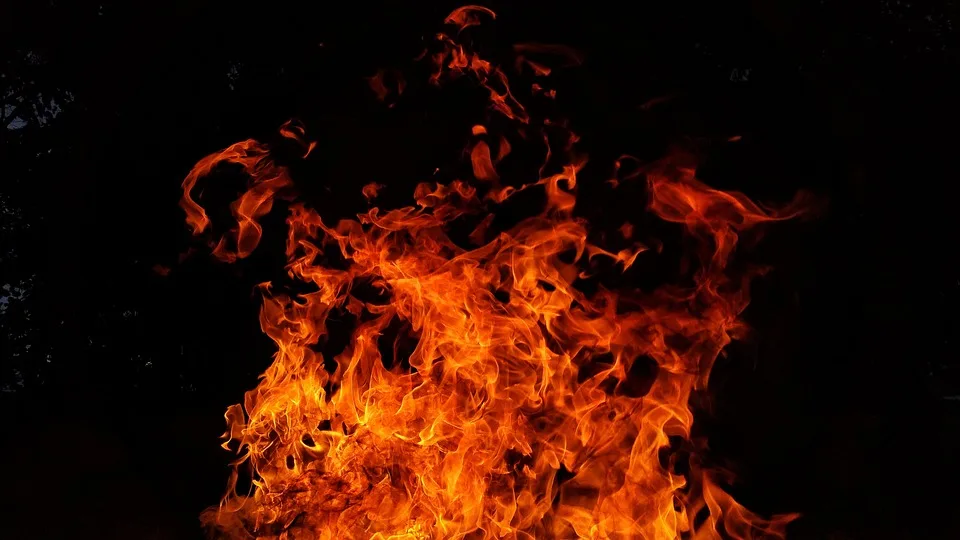Can Factory Fires Be Predicted and Prevented?
Thousands of factory fires happen every year. They can be caused by things like onsite electrical and lighting equipment problems as well as external factors such as wildfires. In Canada, the latter is a major problem.
But can factory fires be predicted and prevented? Let us take a look at the subject in detail.
Predicting Factory Fires
Many fires that occur at factories due to internal factors, like explosions or faulty wiring, could be prevented by ensuring safety practices are always followed. Predicting those types of fires is not so easy.
However, when it comes to fighting wildfires, which affect many factories each year, prediction systems and risk management tools are used to understand and manage fire threats.
Using data, fire risks can be reduced across various settings by doing things like trimming or removing local vegetation in residential and commercial areas, in order to reduce fire buildup, and building new homes from materials that are less susceptible to rapid fire spread.
When it comes to managing risks at industrial sites like factories, effective emergency preparedness systems can help to predict and reduce fires.
Also, fire protection storage systems are crucial when it comes to preventing and managing fires in industrial settings. These systems include fire detection, suppression, and control equipment that can quickly identify and suppress fires before they become uncontrollable.
Preventing Factory Fires
In addition to trimming or removing vegetation and using emergency preparedness systems to predict and prevent fires, there are various safety measures that all factories should use to help prevent fires of all kinds.
Here are some of the best methods for preventing factory fires.
Make Fire Extinguishers Easily Accessible
When fires start, you can prevent them from spreading by using fire extinguishers. However, you need to make sure that the extinguishers are located in easily accessible locations and in high-risk areas.
You also need to ensure your factory has the correct class of fire extinguishers to meet the unique hazards of your site. Furthermore, it is important that workers are trained well in how to use fire extinguishers. If they are not, valuable time could be wasted when fires begin and the fires could then spread quickly.
Also, it is more than worth pointing out that you should avoid using AFFF to combat a factory fire. Aqueous Film-Forming Foam has been used for decades by firefighters to suppress fires, but many of the toxic chemicals in AFFF can build up in the body over time and lead to a risk of developing several serious illnesses, including cancers like kidney cancer, pancreatic cancer, and leukemia.
If you were diagnosed with cancer or another illness after being exposed to firefighting foam, you could file an AFFF lawsuit against negligent manufacturers like Dupont, 3M, Tyco, 3M, and others.
Conduct Fire Risk Assessments
Factories can also prevent fires by carrying out regular risk assessments. You will then have an overview of potential hazards and the training you need to provide to reduce risks.
Perform PAT Testing
Every piece of portable electrical equipment your factory uses needs to be PAT tested to ensure it is in good condition and suitable for use. If it is not tested, you greatly increase the chances of a fire occurring.
Complete Equipment Maintenance
To further prevent factory fires from happening, make sure you regularly perform maintenance on all of your equipment, from packing machines to forklifts.
Install Fire Doors
Making sure your factory has fire doors throughout the site should be a top priority. By fitting fire doors, you can prevent fires and smoke from spreading.
Install Sprinkler Systems
Another thing your factory most definitely needs to keep people safe in the event of a fire and prevent fires from spreading is a sprinkler system.
There are a number of different sprinkler systems available, so make sure you choose the right one for your specific industry hazards.
Final Thoughts
Fires can sometimes be predicted and prevented, so make sure your factory introduces as many measures as possible to ensure people stay safe. You should look at the specific risk for your industry and your factory location to identify the best prediction and prevention measures to put in place.





